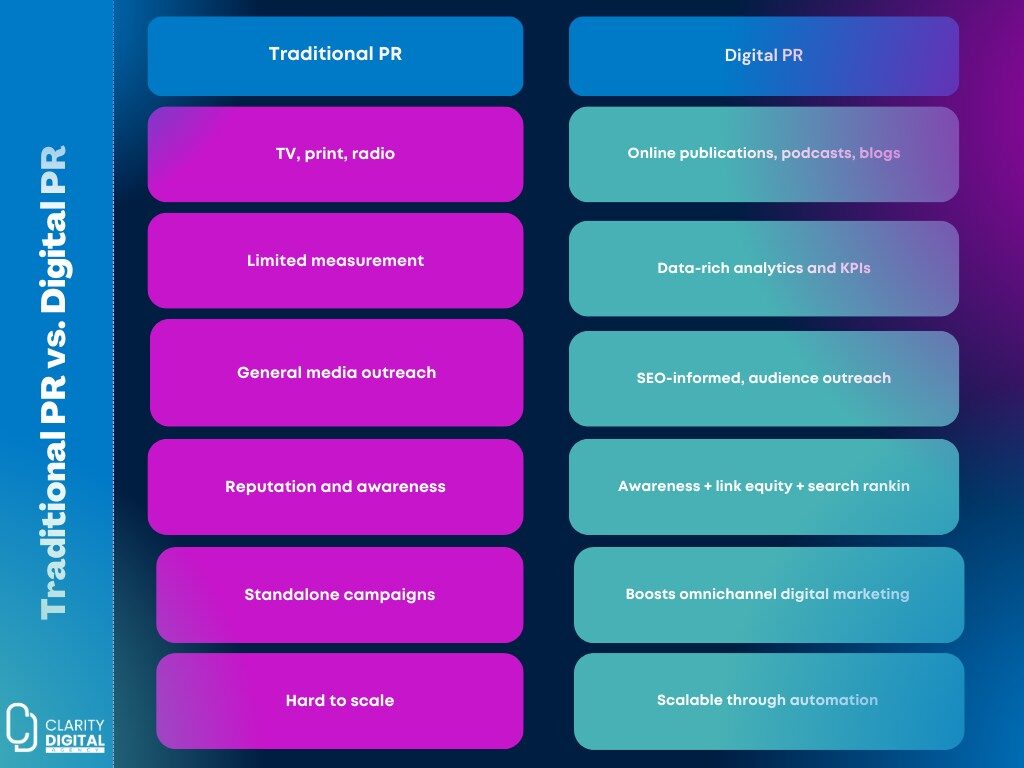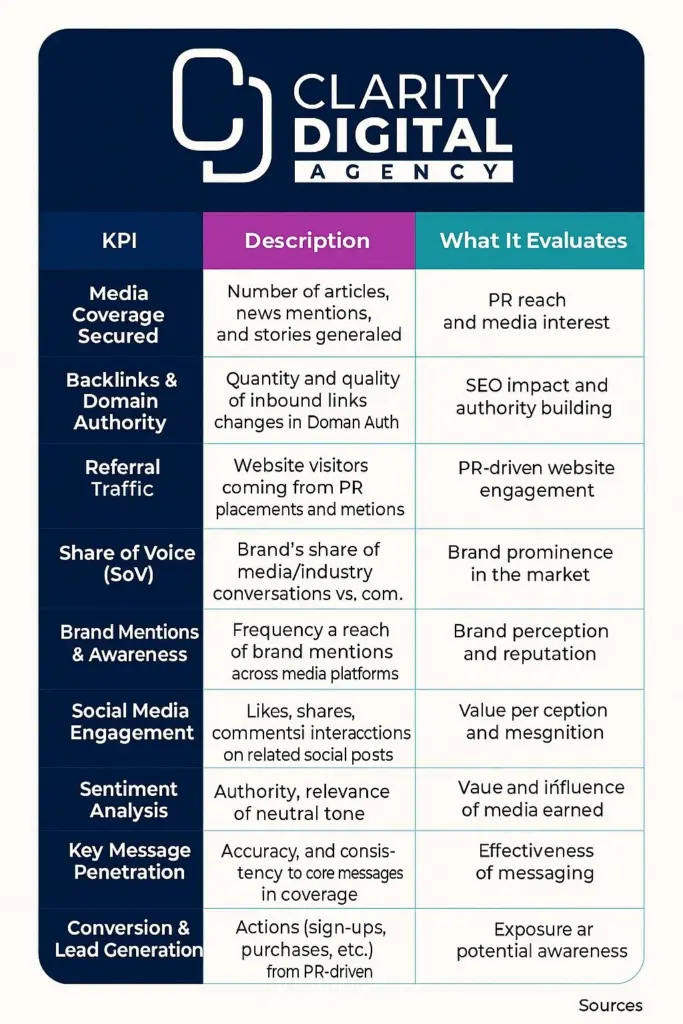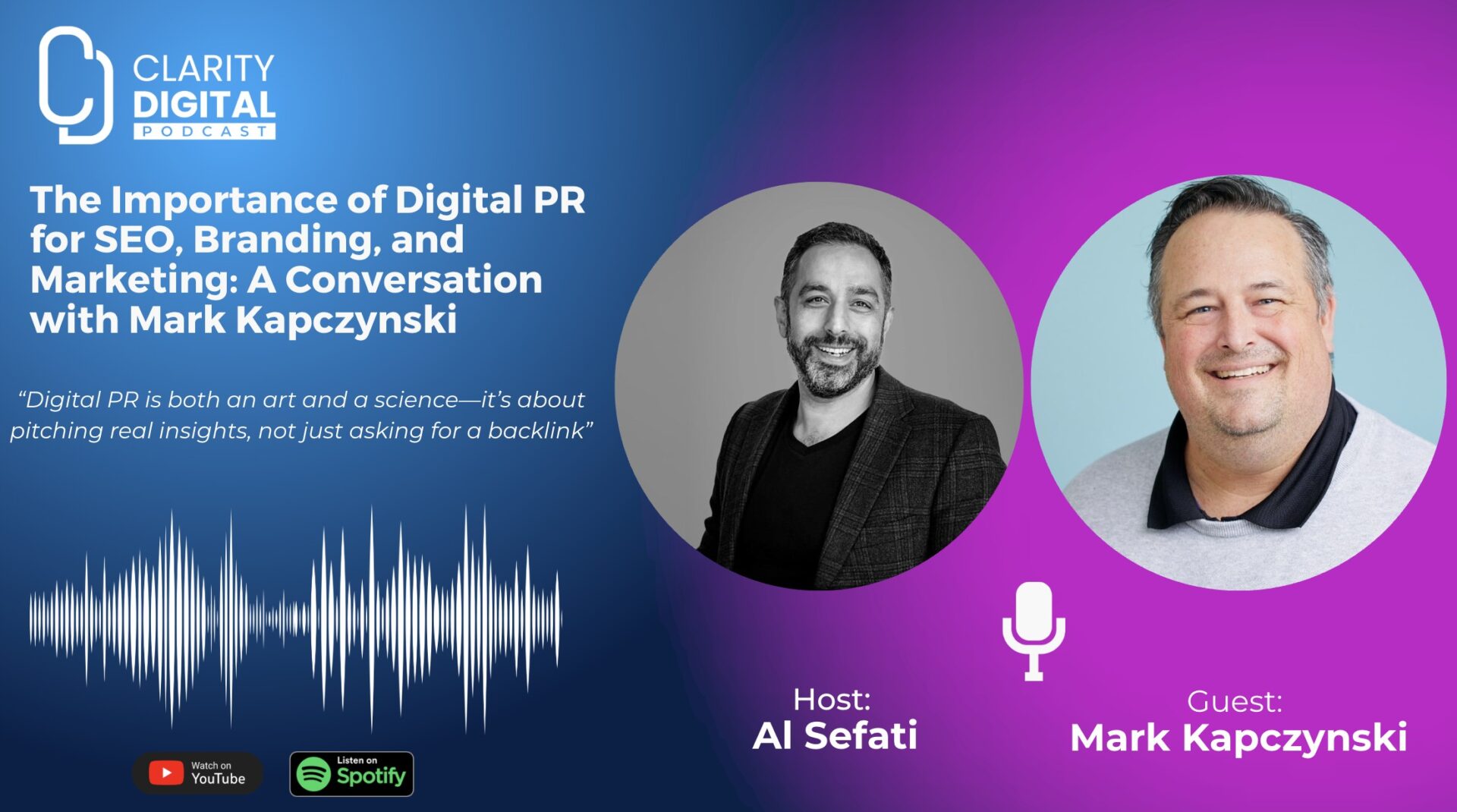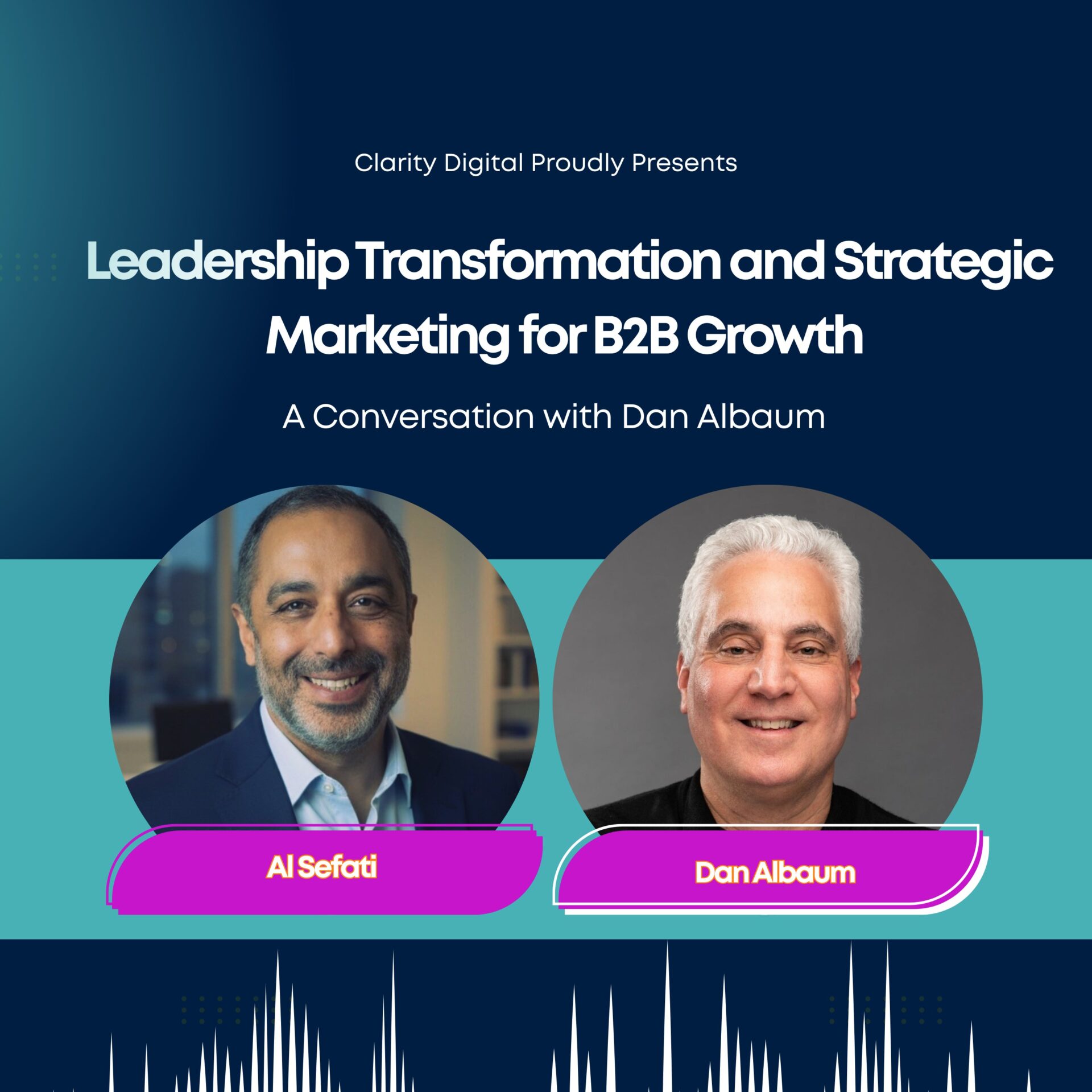Digital PR. It’s a term gaining significant traction, but let’s cut through the noise: its strategic weight in the marketing playbook, especially for B2B, is still widely underestimated. Misunderstanding its function or siloing it from core marketing efforts is a mistake.
I recently delved into this with Mark Kapczynski, a marketing veteran with whom I’ve navigated numerous campaigns. Our discussion crystallized how Digital PR is not merely an extension of traditional PR, but a distinct discipline with performance-driven outcomes.
What is Digital PR?
Digital PR is fundamentally about earning tangible online visibility and establishing genuine credibility. This is achieved through carefully crafted editorial content, precise outreach to relevant online voices, and the acquisition of authoritative backlinks.
Digital PR vs. Traditional PR: A Fundamental Goal Shift
The distinction isn’t academic; it’s about objectives and expected results.
- Traditional PR: Often operates as a megaphone. Think broad awareness, major announcements, and disseminating the company’s first-party voice. Direct SEO impact or immediate lead generation aren’t primary metrics.
- Digital PR: This is where performance becomes paramount. The expectations are tangible:
- Measurable improvement in SEO rankings.
- Acquisition of high-quality backlinks.
- Generation of credible, third-party awareness and validation.
See key differences of Traditional PR vs. Digital PR as published in our last blog post, What Is Digital PR and Why Smart Brands Are Investing in It Now.

These two aren’t adversaries; they’re complementary. Traditional PR can shape the overarching brand narrative, while Digital PR translates that narrative into digital authority and measurable traffic. One doesn’t replace the other. Smart strategies deploy both, leveraging their unique strengths for distinct outcomes. As Mark aptly put it, you use “the right one at the right time.”
The SEO Imperative: Why Quality Backlinks are Non-Negotiable
My agency’s deep dive into Digital PR was a direct consequence of our SEO work. Enterprise clients often have PR covered. For startups and mid-sized businesses, however, a deficient backlink profile is a common, critical vulnerability.
Backlinks are foundational to Google’s algorithm. They are, in essence, votes of confidence. An editorial link from a credible, authoritative website signals to search engines that your content is valuable and trustworthy.
The challenge? This system was historically gamed. Artificial link schemes and paid placements became rampant. Google, quite rightly, has become far more sophisticated in identifying and penalizing these manipulative tactics. They rarely offer lasting value.
This is where Digital PR delivers genuine SEO impact. It’s about earning those high-authority backlinks through legitimate means:
- Pitching compelling, data-backed stories or unique insights.
- Targeting relevant, high-authority publications.
- Allowing editorial freedom, where links are given based on merit, not mandate.
A critical technical point here is “do-follow” versus “no-follow” links.
- Do-follow links: These pass SEO authority (“link equity”). They are the currency of Digital PR.
- No-follow links: These instruct search engines not to pass authority. Commonly found in paid ads, user-generated content (like blog comments), and syndicated press releases. While press releases have their place for announcements, their syndicated links are typically no-follow and offer minimal direct SEO benefit.
The strategic focus of Digital PR is unequivocally on securing those editorially earned “do-follow” links. Quality trumps quantity, every time. A single link from a publication like Forbes or a leading industry journal can outweigh hundreds of low-relevance, low-authority links.
Beyond SEO: The Compounding Strategic Advantages
While SEO uplift is a core driver, the strategic benefits of a robust Digital PR program extend much further:’
- Qualified Referral Traffic: Links from respected third-party sites drive engaged audiences directly to your content. These aren’t cold leads; they arrive with a degree of pre-qualification.
- Enhanced Retargeting Pools: This engaged referral traffic is prime for retargeting campaigns, nurturing them more effectively through the sales funnel.
- Direct Lead Generation & Audience Growth: Valuable content, amplified by Digital PR, can directly fuel newsletter subscriptions and lead magnet downloads.
- Brand Authority and Credibility: Third-party validation is exceptionally powerful. An objective article in a trusted publication builds credibility far more effectively than self-promotion. As Mark noted, most people will inherently trust a Forbes article about your company more than an article by your company.
- Strengthened Personal & Company Branding: For key executives and experts, contributed articles or expert quotes in reputable outlets build their personal brand, which in turn elevates the company’s overall brand perception.
- Positive Signals for AI Search: Emerging AI-driven search engines also appear to value credible citations and brand mentions from authoritative sources when generating responses. A strong, well-referenced brand footprint is becoming increasingly crucial.
Effective Digital PR hinges on measuring its impact. A practical way to do this is with a structured metric tracker, based on KPIs below to giveclear sight into what’s working and how digital PR efforts are translating into tangible results.

The Art & Science of Effective Digital PR
Executing Digital PR successfully demands a sophisticated blend of analytical rigor and creative finesse.
- The Science: This involves meticulously identifying relevant publications, deeply understanding their readership, and verifying their genuine traffic and domain authority.
- The Art: This lies in crafting a compelling narrative. The pitch must offer genuine value to the publication’s audience – unique data, fresh insights, or a novel perspective on a timely issue. Overtly self-promotional content is a non-starter for any credible outlet.
This is why Digital PR isn’t a universal fit. It requires a genuine commitment from the business to unearth or generate unique insights. Generic content won’t cut it. However, if a business can produce a compelling data study, an insightful market analysis, or offer a truly fresh perspective, that content can be powerfully leveraged. As Mark highlighted, while traditional PR often chases “hot news,” Digital PR can effectively utilize more evergreen, insightful content for sustained impact.
The B2B & SaaS Strategic Advantage
For B2B, and particularly SaaS companies, Digital PR offers exceptional leverage. B2C often benefits from inherent product buzz, influencer marketing (the viral “Dubai chocolate” Mark mentioned is a case in point), and organic reviews. B2B, especially for high-value solutions or emerging companies, requires a more deliberate approach to building authority and trust.
Mark pointed out the realities of the B2B buying cycle: “The price point’s, you know, $50,000, a hundred thousand, millions of dollars. People aren’t just buying that on last click. They’re shopping, they’re reading, right? They’re getting to know your business.” Digital PR delivers that crucial third-party validation that sophisticated B2B buyers actively seek during their extended research and evaluation phases. Their ideal customer profile (ICP) is consuming content from industry publications and respected business journals.
Goal Alignment & Integrated Strategy: The Non-Negotiables
Digital PR cannot operate effectively in a silo.
- Start with Clear Objectives: As Mark emphasized, “Know your goal…first. And then you pick the right tools.” Are you aiming to improve rankings for specific high-intent keywords? Drive thought leadership in a new category? Generate qualified leads for a particular service? KPIs must flow directly from these business objectives.
- Demand an Integrated Approach: An agency or team handling Digital PR must understand the broader marketing strategy, especially SEO. Pitching a story to earn any link is rudimentary. Strategically developing content designed to rank for target keywords, and then using Digital PR to earn authoritative links to that specific content, is exponentially more powerful. This strategic depth is often what differentiates a digitally-savvy agency from a traditional PR firm.
We don’t engage in Digital PR for vanity metrics. It’s deployed to achieve specific, measurable outcomes, informed by data and fully integrated with the overarching marketing and business strategy.
Key Strategic Insights: Voices on Digital PR
To underscore the practical realities and strategic thinking behind effective Digital PR, consider these core insights from our discussion:
- Mark Kapczynski on the performance focus of Digital PR: “Traditional PR is just kind of like the megaphone… Digital PR is more transactional, more performance-oriented, and you expect a set of performance results from it. For Digital PR, I’m expecting to get results in terms of my SEO better be going up, my number of backlinks better be increasing.”
- Al Sefati on the legitimate approach of Digital PR for SEO: “A lot of SEOs are shifting focus toward Digital PR, which essentially produces [backlinks], but in a more kosher way. You’re not doing anything spammy…you’re not doing anything that would violate Google’s guidelines.”
- Al Sefati on the dual nature of Digital PR execution: “It’s a science because you have to identify the websites that are relevant to you…but it’s also an art because you want to pitch ’em a story without telling ’em, ‘Hey, link back to me.’ It needs to be compelling.”
- Mark Kapczynski on why Digital PR is crucial for considered B2B purchases: “In B2B, oftentimes the price point’s…$50,000, a hundred thousand, millions of dollars…people aren’t just buying that on last click. They’re shopping, they’re reading…And so Digital PR…definitely helps in that reputation building.”
- Al Sefati on the importance of an integrated Digital PR strategy: “…the way we go about it at our agency… there’s a strategy… It’s not just having PR for the sake of having PR.”
The Strategic Verdict: Integrated Digital PR Drives Real Growth
These perspectives underscore a critical truth: silos are inhibitors of growth. Digital PR, understood and executed correctly—as a performance-driven, legitimate, and artful science crucial for B2B decision-making and anchored by integrated strategy, as highlighted in the insights above—is not just “getting press.” It’s a strategic imperative for building sustainable online authority, driving high-quality traffic, and cementing brand credibility. When anchored in genuine insight and integrated with SEO and content strategy, its impact is transformative. It’s about earning the right for others to validate your expertise.




